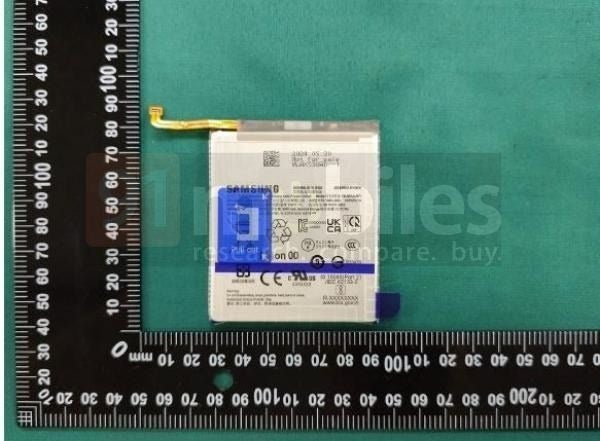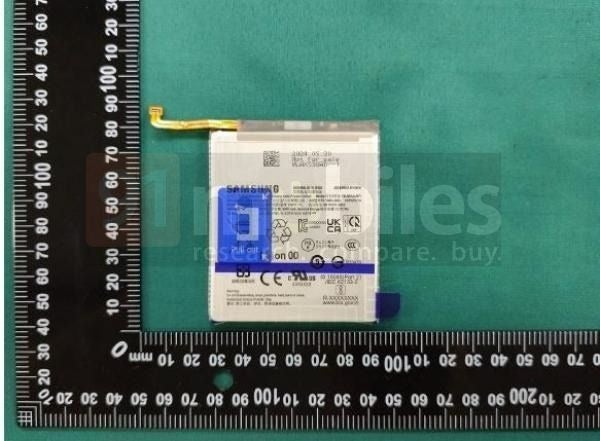Samsung Galaxy S24 FE bares its battery at the FCC

The big news is that the Galaxy S24 FE will offer the Galaxy S24+ display size this year, rather than the Galaxy S24 screen diagonal that its predecessors shipped with. This will make it an extremely exciting proposition for those who want a larger screen at a price that is much lower than the S24+ tag.
Previously, the Galaxy FE editions shipped with a smallish for today’s standards 6.4-inch display that would ha it somewhere between the 6.2-inch Galaxy S24 and 6.7-inch S24+. Given that the S24 costs $799 and the S24+ is $999, the $629 price of the Fan Editions didn’t really warrant buying it before the real S24 deal.
Now that the Galaxy S24 FE will sport a 6.7-inch display, however, it will be a more formidable competitor, and it wouldn’t cannibalize the much more expensive S24+, either.
The regular Exynos 2400 is a Decacore chip with 10 CPU cores. The configuration starts with one Cortex-X4 prime CPU core running at a clock speed of up to 3.21GHz. There are two efficiency-performance Cortex-A720 CPU cores running up to 2.9GHz, and three more Cortex-A720 CPU cores with a clock speed maxing out at 2.6GHz. Lastly, the chip is equipped with four Cortex-A520 efficiency CPU cores, maxing out at a clock speed of 1.95GHz.


The Galaxy S24 FE battery | Image source – FCC via 91 Mobiles
The FCC listing also confirmed that there will be a reasonably large 4,565 mAh battery in the Galaxy S24 FE, little changed from its predecessor. The use of a more efficient screen and processor should bring advancements in battery life when compared to its predecessor, though.
Source link


